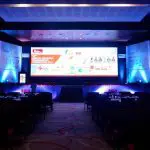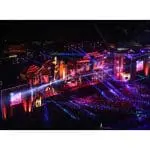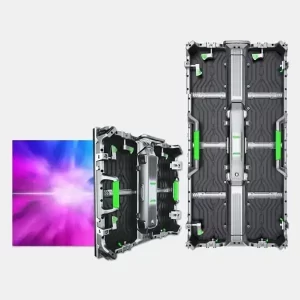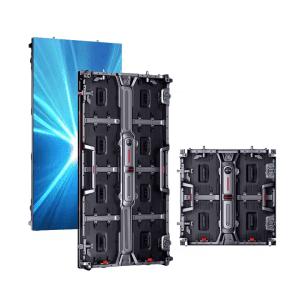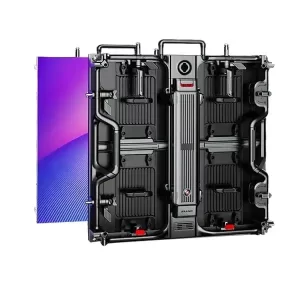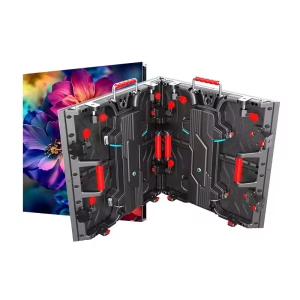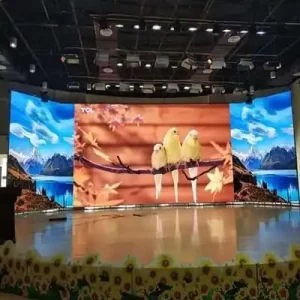Stage LED screens are essential components in live performances, concerts, and events, where 高品質のビジュアル そして reliable performance are critical to delivering an engaging experience. However, low-priced stage LED screens often suffer from a higher defect rate in LED beads, leading to パフォーマンスが悪い, 頻繁な失敗、 そして increased maintenance costs.
The higher defect rate of faulty LED beads in low-priced screens can be attributed to several factors, including the use of inferior materials, poor manufacturing processes、 そして lack of quality control. Let’s dive into the reasons behind this issue and its effects.
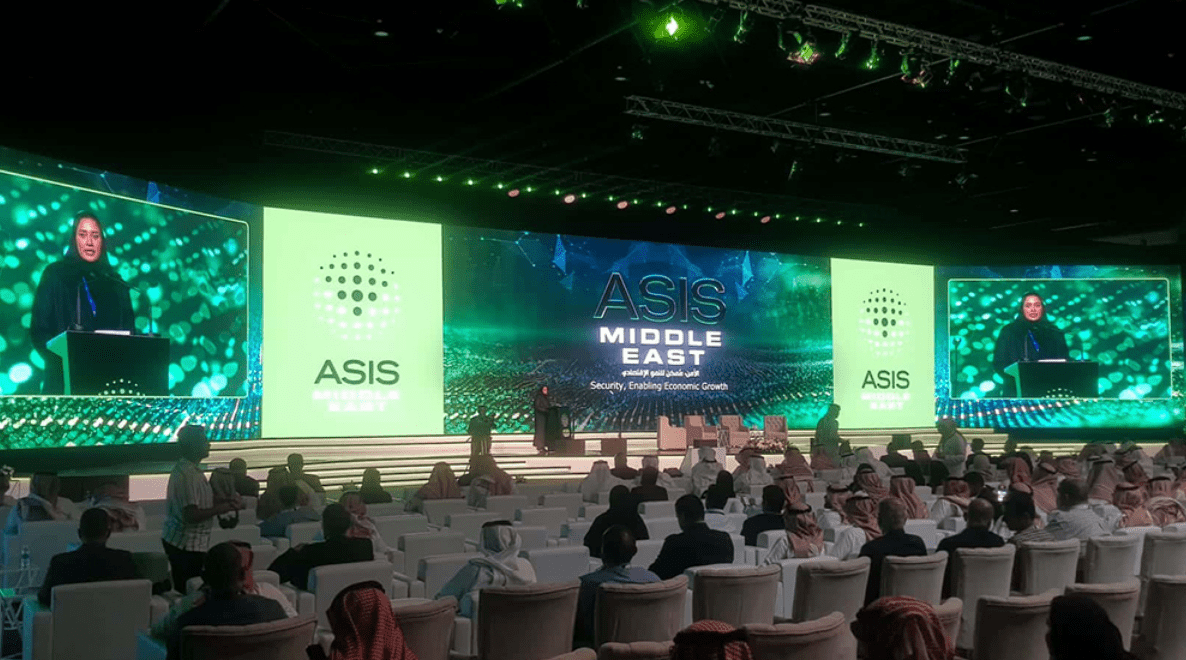
1. Use of Low-Quality LED Beads in Budget Screens
1.1 Inferior LED Beads
- Low-cost manufacturers often use substandard LED beads to reduce production costs. These beads are:
- Unbranded or counterfeit: They lack the reliability of premium brands like ネイションスター, クリー語、 または エピスター.
- Low brightness: Resulting in dim visuals that fail to meet the demands of stage applications.
- Short lifespan: Prone to early degradation and failure.
1.2 Lack of Quality Standards
- Premium LED beads undergo rigorous testing to ensure 輝度, color uniformity、 そして 長寿. In contrast:
- Cheap beads are often produced without meeting international quality standards.
- The lack of uniformity in manufacturing leads to inconsistent performance and higher failure rates.
2. Poor Manufacturing Processes
2.1 Lack of Rigorous Testing
- High-quality screens undergo extensive testing for:
- Color calibration to ensure uniform brightness and color.
- 老化試験 to identify early failures and defects.
- Low-cost screens skip these critical steps, resulting in:
- Hidden defects in the LED beads.
- High failure rates after installation or during operation.
2.2 Inconsistent Soldering
- Faulty soldering processes in low-cost screens can cause:
- Weak connections between the LED beads and the PCB (Printed Circuit Board).
- Loose or unstable connections that lead to flickering or dead pixels during performances.
2.3 Use of Unstable Driver ICs
- ドライバIC control the current supplied to LED beads. Low-priced screens often use:
- Cheap driver ICs that fail to regulate current properly.
- This can cause 過熱 または power surges, which damage the LED beads and reduce their lifespan.
3. Lack of Heat Management
3.1 Overheating Issues
- LED beads are sensitive to heat, and poor heat dissipation can shorten their lifespan. Low-priced screens often have:
- Poor thermal management designs, such as inadequate aluminum or plastic cabinets.
- Inferior materials that fail to dissipate heat effectively.
- Overheating causes:
- Faster degradation of LED beads.
- Increased likelihood of dead pixels or dimming during operation.
4. Reduced Durability of Materials
4.1 Substandard Encapsulation
- High-quality LED beads use durable encapsulation materials (e.g., silicone または epoxy) to protect against:
- Moisture, ほこり、 そして UV rays.
- Low-cost screens often use:
- Inferior encapsulation materials that degrade quickly under stage lighting, humidity, or temperature fluctuations, leading to bead failures.
4.2 Fragile PCBs
- その Printed Circuit Board (PCB) is critical for holding and powering the LED beads. In budget screens:
- Thin or weak PCBs are prone to cracking or breaking during transportation, installation, or operation.
- This leads to faulty connections and higher rates of LED bead failure.
5. High Stress in Stage Applications
Stage LED screens face intense operating conditions, including:
- Continuous operation: Events often require screens to run for long hours, putting stress on the LED beads.
- Frequent transportation and handling: Stage screens are moved and reassembled regularly, increasing the risk of damage to fragile components.
- High brightness requirements: Stage applications demand high brightness (≥ 4000 nits) for visibility under powerful stage lighting. Low-quality LED beads:
- Struggle to maintain high brightness levels.
- Burn out faster due to overdriving.
6. Effects of Faulty LED Beads
6.1 Dead Pixels
- Faulty LED beads result in dead pixels, which are highly noticeable during performances, reducing the visual impact of the screen.
6.2 Uneven Brightness
- Inconsistent brightness across LED beads creates patchy visuals, which can distract audiences and ruin the stage experience.
6.3 Frequent Failures
- High failure rates lead to:
- Downtime during events.
- Expensive repairs or replacements, negating any initial cost savings.
6.4 Poor Client Impression
- For rental companies or event organizers, low-quality screens can damage their reputation due to poor performance during critical events.
7. Why High-Quality Stage LED Screens Are Worth the Investment
Investing in high-quality stage LED screens from reputable manufacturers ensures:
- Durable and reliable LED beads with consistent brightness and color.
- Rigorous testing for aging, heat resistance, and color uniformity.
- Advanced thermal management to prevent overheating and extend the lifespan of components.
- Lower failure rates, reducing maintenance costs and ensuring uninterrupted performances.
7.1 Benefits of Premium LED Beads
- 寿命の延長: High-quality beads last up to 5万~10万時間.
- 色の一貫性: Uniform brightness and color across the screen enhance audience engagement.
- Lower Power Consumption: Energy-efficient beads reduce operating costs.
- High Refresh Rates: Ensure smooth visuals without flickering, ideal for live broadcasts.
7.2 Reduced Maintenance and Downtime
- Reliable components mean fewer repairs and replacements, saving time and money in the long run.
- High-quality screens are backed by 包括的な保証 そして アフターサポート.
Looking for Reliable Stage LED Screens?
提供 premium stage LED screens with high-quality LED beads, rigorous testing, and reliable performance. Contact us to get the perfect solution for your next event:










